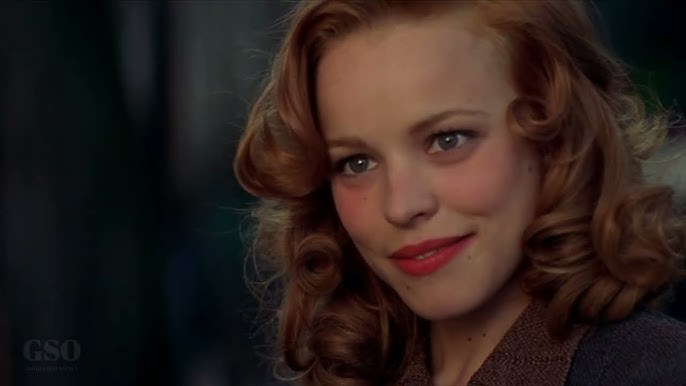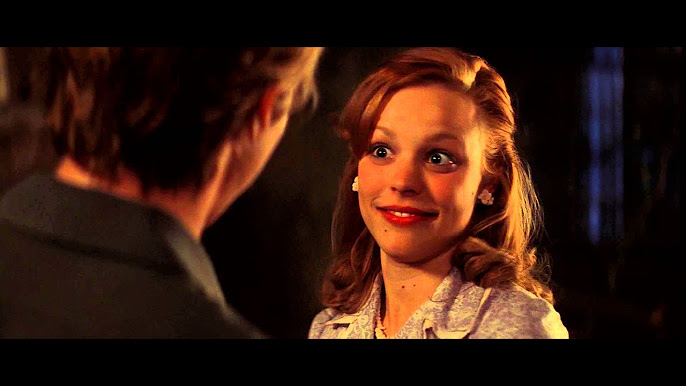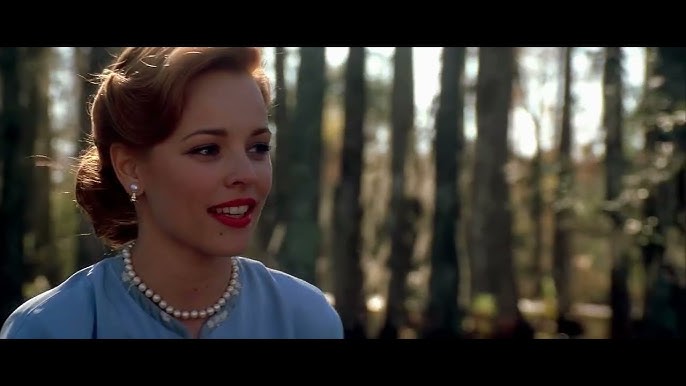🎬 The Notebook (2004)

The Notebook (2004) Review
Introduction
Directed by Nick Cassavetes and based on Nicholas Sparks’s best-selling novel, The Notebook (2004) is a timeless romantic drama that has become a cultural touchstone for love stories. Featuring the heartfelt performances of Ryan Gosling and Rachel McAdams, the film weaves a tale of passion, sacrifice, and enduring love. With its lush cinematography and emotionally charged narrative, The Notebook continues to captivate audiences years after its release.
Plot Overview
The story alternates between two timelines. In the present day, an elderly man named Duke (James Garner) reads a romantic story from his notebook to a woman named Allie (Gena Rowlands) in a nursing home. The tale he recounts is about young Allie Hamilton (Rachel McAdams), a wealthy Southern belle, and Noah Calhoun (Ryan Gosling), a working-class boy, who fall deeply in love during the summer of 1940.
Despite their deep connection, societal expectations and Allie’s parents’ disapproval pull them apart. After years of separation, during which Allie becomes engaged to another man, fate brings her back to Noah. The two must navigate their past feelings and future prospects to decide if their love can overcome the obstacles in their path. In the film’s present timeline, the story reveals the enduring power of their bond.
Strengths
1. Chemistry Between Leads
Ryan Gosling and Rachel McAdams deliver electrifying performances, with their on-screen chemistry driving the emotional core of the film. Their portrayal of Noah and Allie’s passionate and tumultuous relationship feels authentic and deeply moving.
2. Beautifully Shot Cinematography
The lush Southern landscapes, from golden fields to serene lake scenes, provide a visually stunning backdrop for the story. Cinematographer Robert Fraisse captures the romance and nostalgia of the setting, adding a timeless quality to the film.
3. Emotional Depth
The film’s dual timeline structure allows for a rich exploration of love’s endurance. The juxtaposition of young love with the challenges of aging adds a poignant layer that resonates across generations.
4. Memorable Soundtrack
The film’s score, composed by Aaron Zigman, beautifully complements its romantic tone. Classic songs from the 1940s enhance the nostalgic atmosphere, making key scenes even more impactful.
5. Faithful Adaptation
Fans of Nicholas Sparks’s novel will appreciate the film’s dedication to preserving the essence of the book. The screenplay captures the emotional highs and lows of the story while adding a cinematic flair.
Weaknesses
1. Predictable Narrative
While the story is undeniably touching, its plot follows a familiar romantic drama formula. Viewers may find some of the twists and conflicts predictable.
2. Underdeveloped Supporting Characters
Although the focus on Noah and Allie’s love story is understandable, other characters, such as Allie’s fiancé Lon (James Marsden) and her parents, are not given enough depth to fully round out the narrative.
3. Pacing Issues
Certain parts of the film, particularly in the middle, feel slightly drawn out. While these moments build emotional tension, they occasionally slow the overall momentum.
Themes and Symbolism
1. Enduring Love
At its heart, The Notebook is a celebration of love’s capacity to withstand time, distance, and adversity. The present-day storyline underscores this theme, showing how love remains a guiding force even in the face of illness and memory loss.
2. Class and Societal Expectations
The film explores the barriers posed by social class, as Noah and Allie’s love is challenged by the expectations and prejudices of those around them.
3. Memory and Identity
The juxtaposition of Allie’s fading memory with the vivid recounting of her past underscores the idea that our stories and relationships shape who we are, even as time takes its toll.
Visual and Technical Aspects
1. Cinematography
The film’s visual beauty is one of its defining traits. Iconic scenes, such as the rain-soaked kiss and the rowboat sequence, have become hallmarks of romantic cinema.
2. Costume and Production Design
The period-accurate costumes and settings immerse viewers in the 1940s, adding authenticity and charm to the narrative.
3. Editing and Pacing
The transitions between the past and present timelines are handled with care, ensuring that both stories feel interconnected. While the pacing drags at times, the emotional payoff in the final act makes up for it.
Final Verdict
The Notebook (2004) is a beautifully crafted romantic drama that continues to resonate with audiences thanks to its heartfelt performances, stunning visuals, and timeless themes. While it adheres to familiar tropes, its emotional depth and memorable moments solidify its place as one of the most iconic love stories in cinematic history. Whether you’re a hopeless romantic or simply enjoy a well-told tale of enduring love, The Notebook is a film that lingers long after the credits roll.
Rating: 8.5/10